Stoking the fires just days before Apple revamps its portable line, the origin of a previous claim now believes NVIDIA's mainboard and discrete chipsets will form the backbone of the MacBook range update.
The writer doesn't directly cite the contacts he claims to have but is confident that Apple will use NVIDIA's full-size notebook platform, the MCP79MX, for both the standard MacBook and at least a 15-inch MacBook Pro. As with the current lineup, the 13-inch MacBook would use integrated graphics but would use the GeForce 9300M or 9400M built into the chipset; either of these are believed to significantly outperform Intel's current GMA series architecture. MacBook Pros would include a distinct graphics processor from the GeForce 9600M series.
For the MacBook Air, Apple will supposedly use a very low-power version of the mainboard components, the MCP79U, to keep power low at the expense of a slight dip in video performance.
Shrout supports his assertions by highlighting NVIDIA's launch plans. The chip designer has not only kept silent on MCP79 — an exception for a company normally vocal about its technology — but has recently been forced to confirm that it will unveil the finished product on October 15th, a day after Apple's planned MacBook event.
Likewise, NVIDIA's graphics technology is also being marketed in areas that favor Apple: the GeForce 9-series is considered ideal for Apple's proposed OpenCL general computing standard and has been sold as a means of accelerating certain tasks in Adobe's new CS4 suite.
However, Shrout partly calls into question his analysis by pointing to a graphic on NVIDIA's website that appears to resemble an unfamiliar MacBook; the image has been present on NVIDIA's site for months as an abstract representation of the company's mobile graphics.
Even if over-eager to prove his case, the journalist's arguments provide incidental support to news first broken by AppleInsider in the summer, when it was learned that Apple would likely use a non-reference platform for its upcoming round of MacBook models. At the time, NVIDIA was suggested as one possible candidate to replace Intel's stock components and give Apple a definitive performance edge.
Regardless of which choices Apple has made, they will become apparent this coming Tuesday.
 Aidan Malley
Aidan Malley
-m.jpg)





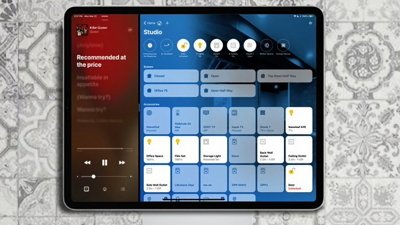
 William Gallagher
William Gallagher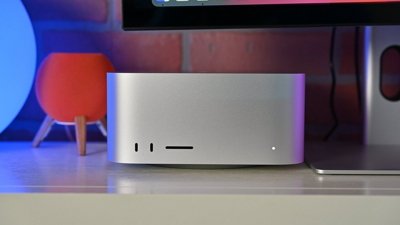
 Malcolm Owen
Malcolm Owen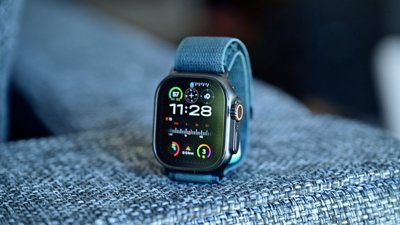
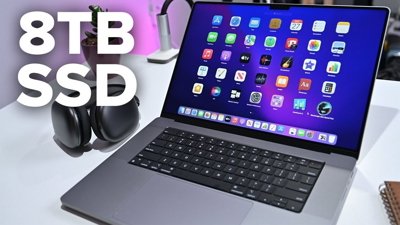
 Christine McKee
Christine McKee
 Marko Zivkovic
Marko Zivkovic
 Wesley Hilliard
Wesley Hilliard

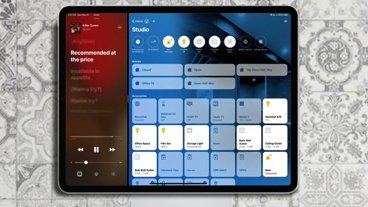

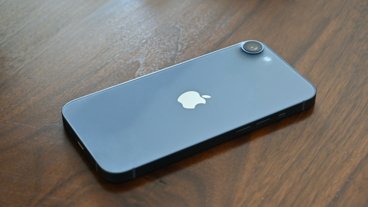



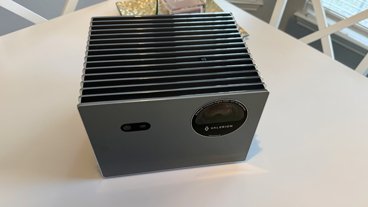
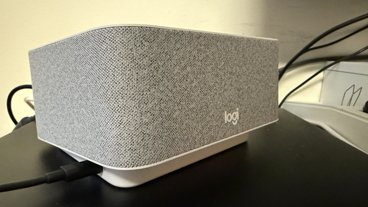


61 Comments
No comment. Watching the hockey! Go Habs Go!
Interesting, but I think I'll just wait until Tuesday to find out for sure. At this point, speculation just seems a little useless in that there is now a definite amount of time before we will actually know everything about these new notebooks.
The cool thing if this is true is the MacBook Pro will get hybrid SLI (a speed boost from the using the integrated graphics as well as the discrete GPU) plus hopefully the power saving feature which automatically switches back to the integrated GPU and shuts off the discrete GPU when load is low.
I can understand why Apple would do this, if true. It would be an attempt to shut up the people complaining about Intel's integrated graphics, and placate the people demanding a replacement for the 12" Powerbook.
Did they not pay attention to the headlines? MacBook Pros failed by defective NVIDIA chips and now NVIDIA platform claimed to be used for new MacBook line. Duh!
Maybe Apple got a great deal on those defective NVIDIA chips for the new line!